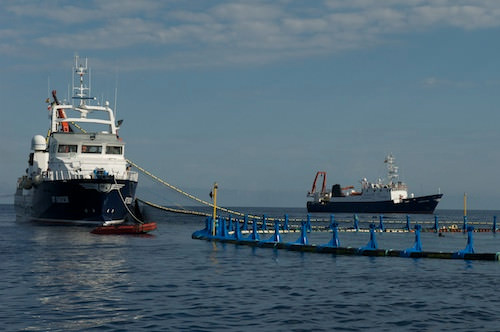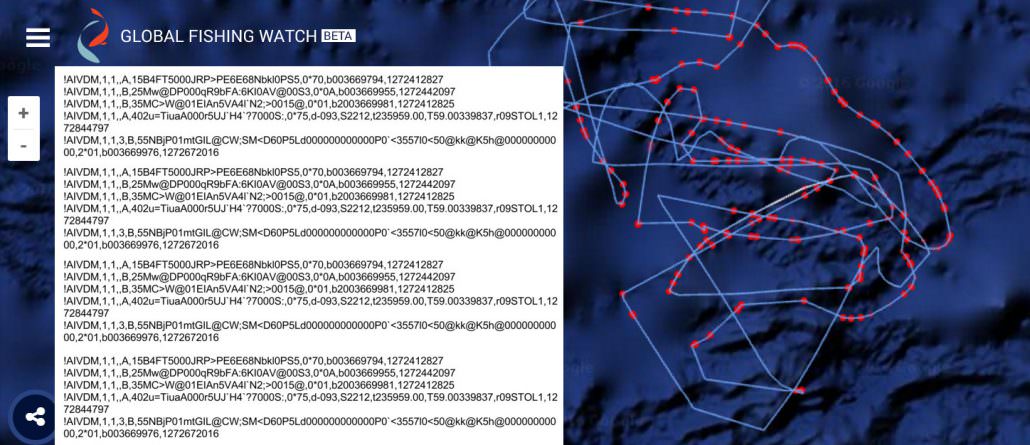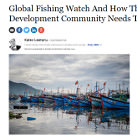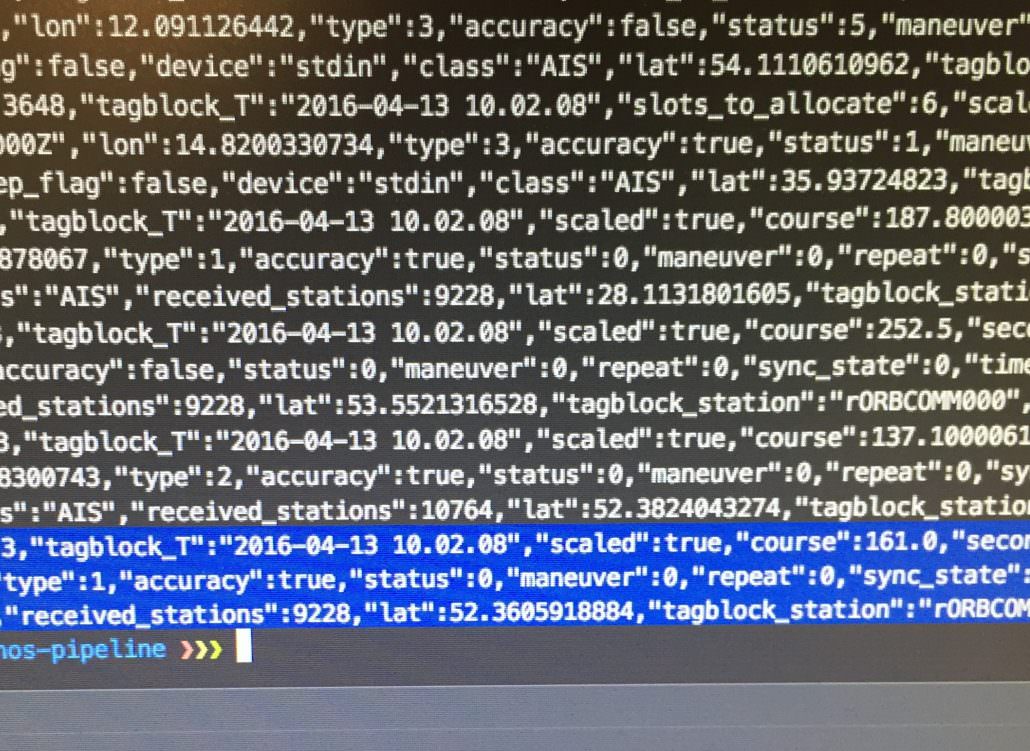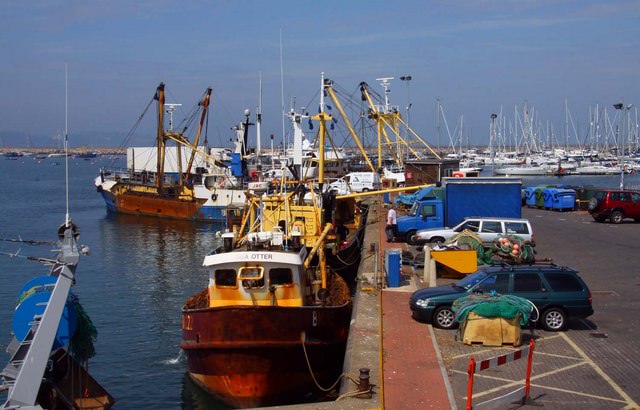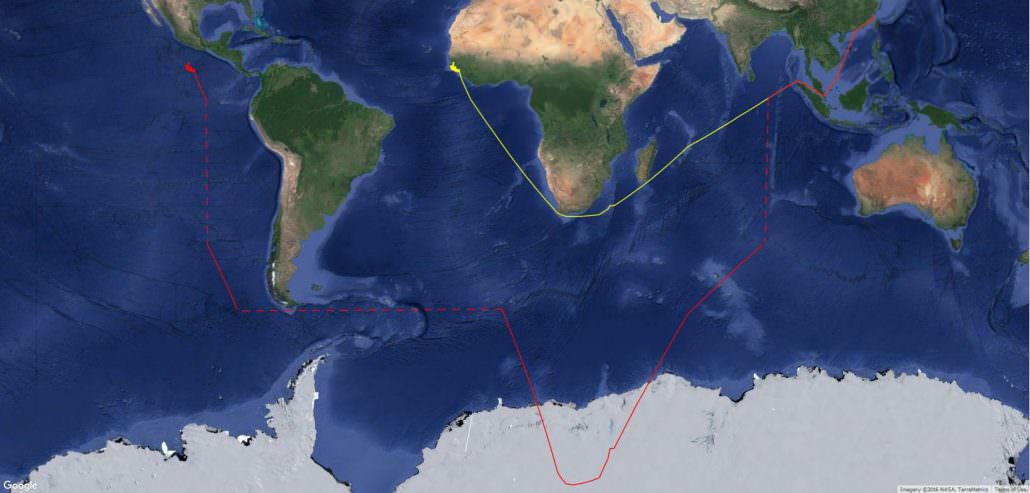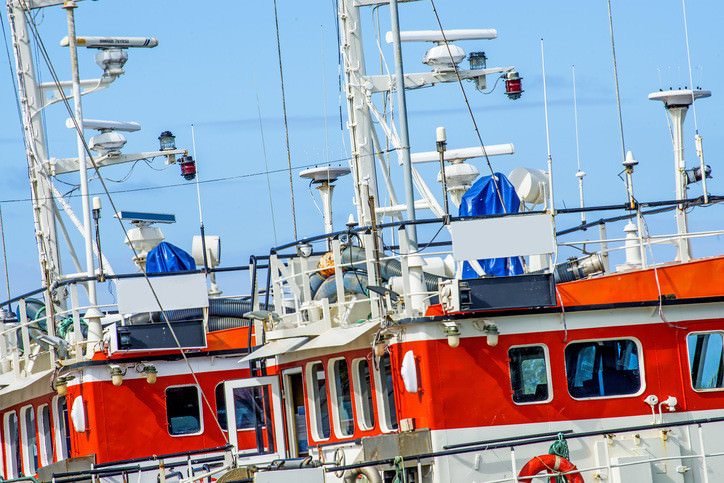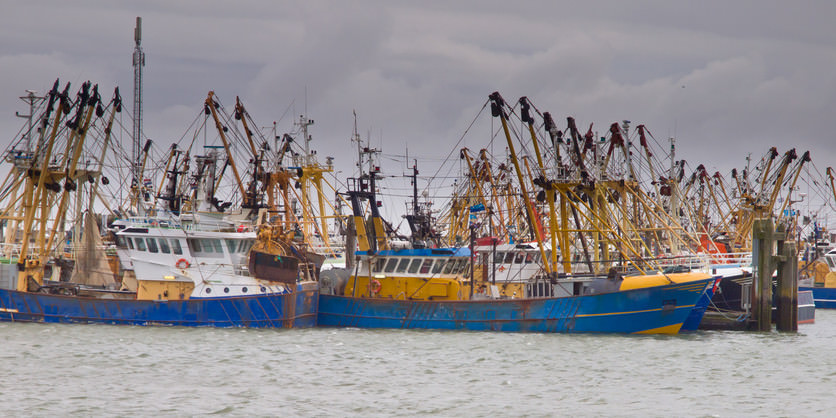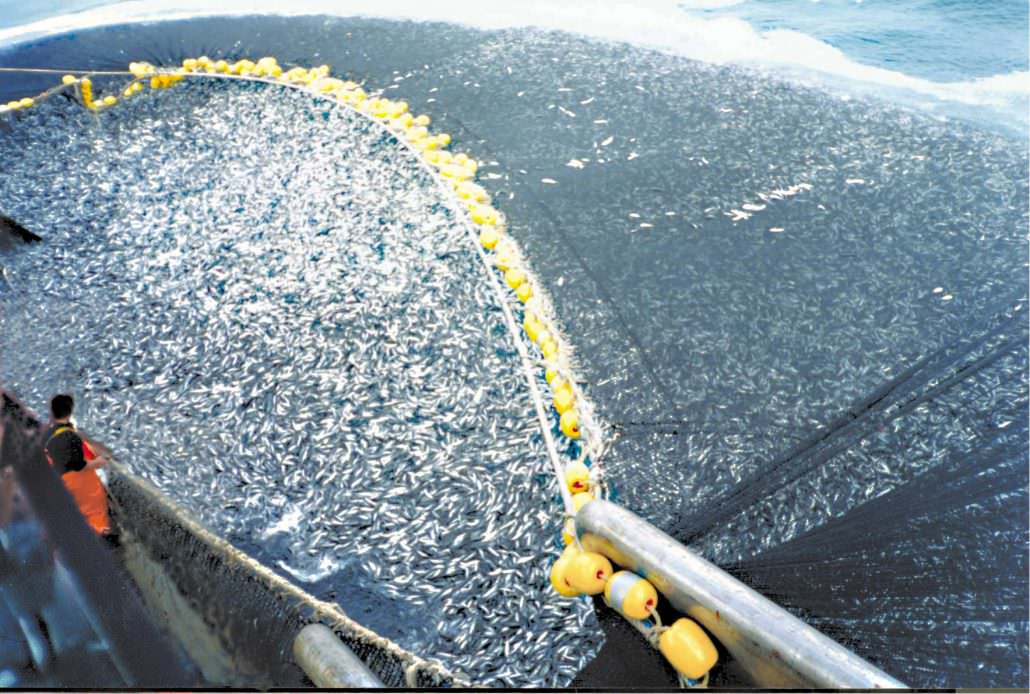AIS for Safety and Tracking: A Brief History
The maritime Automatic Identification System (AIS) is a radio communications system by which vessels continuously broadcast their identity and position over public airwaves using unencrypted VHS radio signals. When it was developed almost 20 years ago, its primary purpose was to increase safety at sea: ships needed a better way to “see” each other and […]
AIS for Safety and Tracking: A Brief History Read More »
